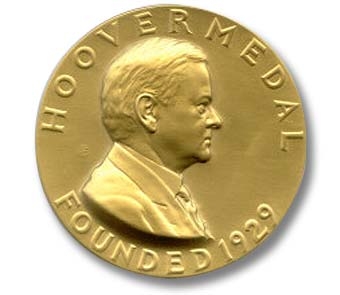Dr. APJ Abdul Kalam would rarely finish a speech without a quote about failure. “F.A.I.L. stands for the First Attempt In Learning,” he would recite to cheering crowds of students. He has talked about dealing with failure in multiple interviews, with personal anecdotes. He attributed his learning in this regard to his one-time boss and the Indian space legend, Satish Dhawan.
In an interview given in 2008, he narrates an experience from the 1970s. Dr. Kalam took over as the mission director for launching the Rohini series satellites in 1973. After working for six long years, the team – comprising hundreds of technical staff – prepared for the launch in 1979 at Sriharikota, Andhra Pradesh.
As the countdown rolled down, the system sent an alert about an impending component failure in the rocket system. “After consulting with my experts, I decided to bypass the system and proceed with a manual launch,” Dr. Kalam said in the 2008 interview. The launch failed.
“So many people had worked hard for years and instead of putting the satellite in orbit, the rocket went into the Bay of Bengal.” Dr. Kalam panicked about breaking this news to his superiors and the media. “National and international media were waiting eagerly at the launch base to hear updates from us. They wanted to know if we had succeeded,” he recalled in the interview.
“And then the great man came to me- Prof. Satish Dhawan, who was then the chairman of ISRO. He took me with him to the press conference. I was tired… our intense work over the past several months had failed. I knew how to handle success but I did not know how to handle failure,” he admits in the interview. The events that happened subsequently would leave a mark on Dr. Kalam for the rest of his life.
“I was really afraid of being blamed for the failure of the mission. After all, I was the mission director. But at the press conference, Prof. Dhawan took the blame on himself. He told the media, “Dear friends, we have failed today. But we will soon return with success.” He assured the media that within a year, the mission would be completed.” The team kept his word. The subsequent launch on July 18, 1980 was successful. The nation was jubilant, celebrating ISRO’s achievement. “But this time, Prof. Dhawan refused to accompany me to the press conference. He told me to handle it,” said Dr. Kalam. “That was the mark of a true leader. When we failed, he came to our rescue and supported us. He took the blame for failure. But when we succeeded, he shared the credit with the team.” The experience helped Dr. Kalam to face failures in future.
Picture Credit : Google





